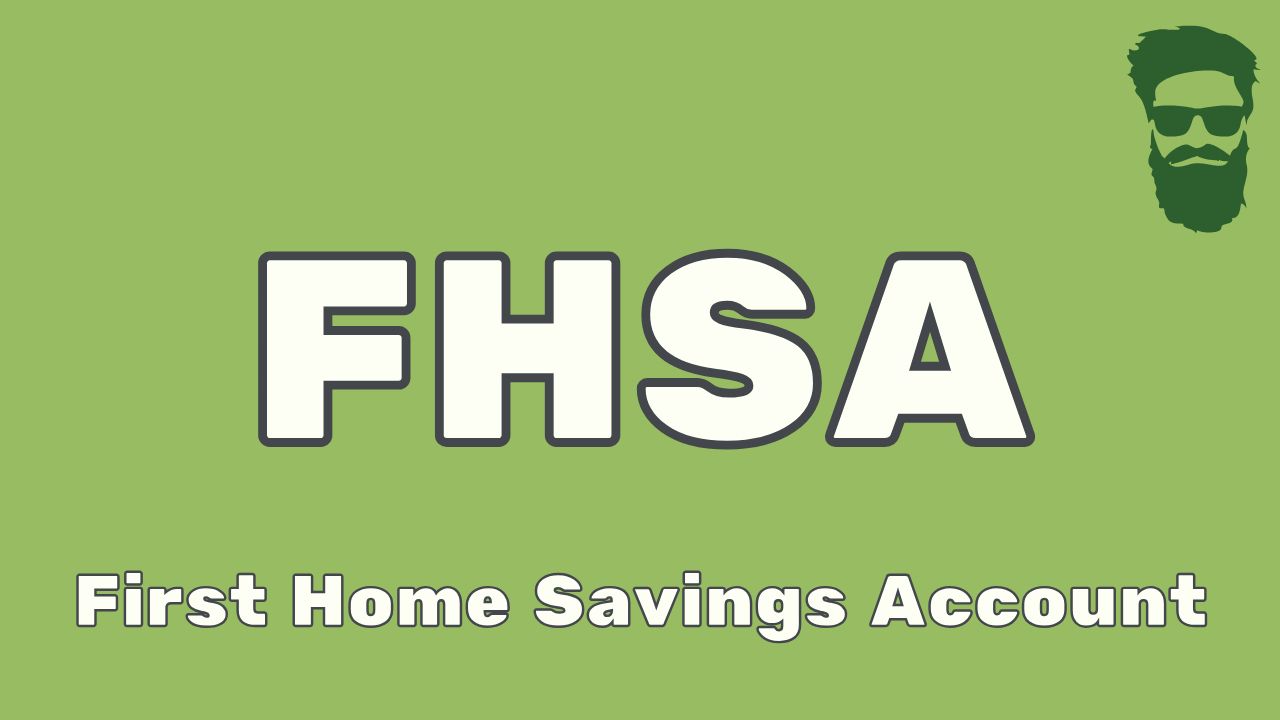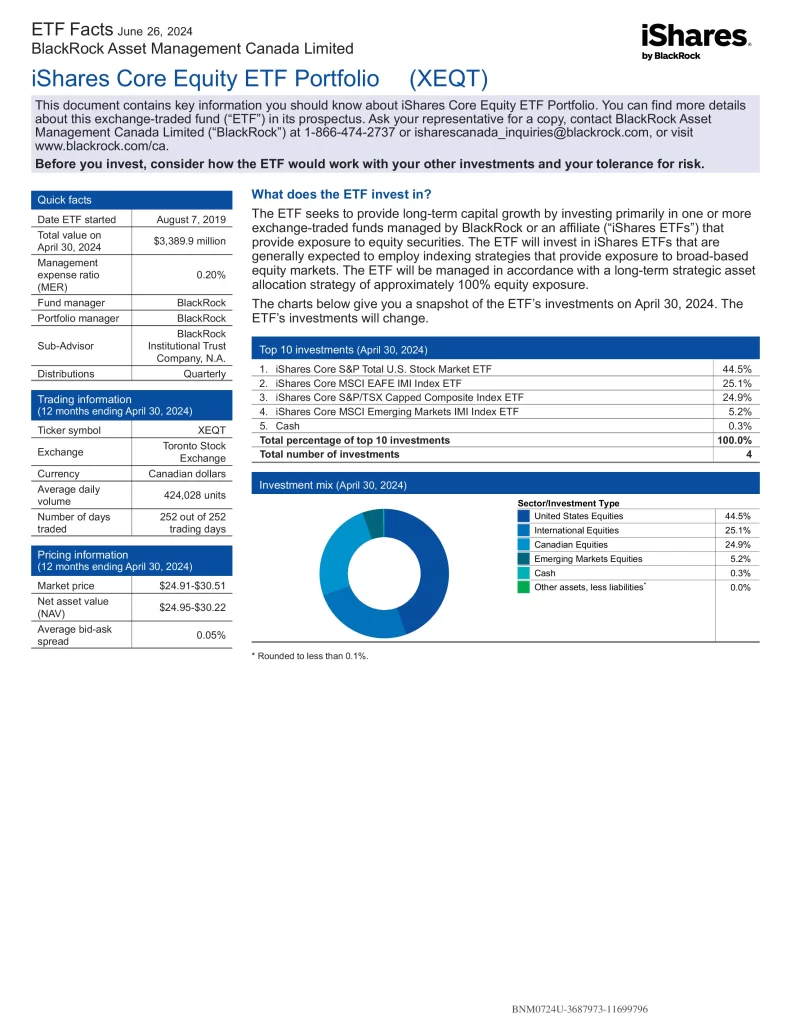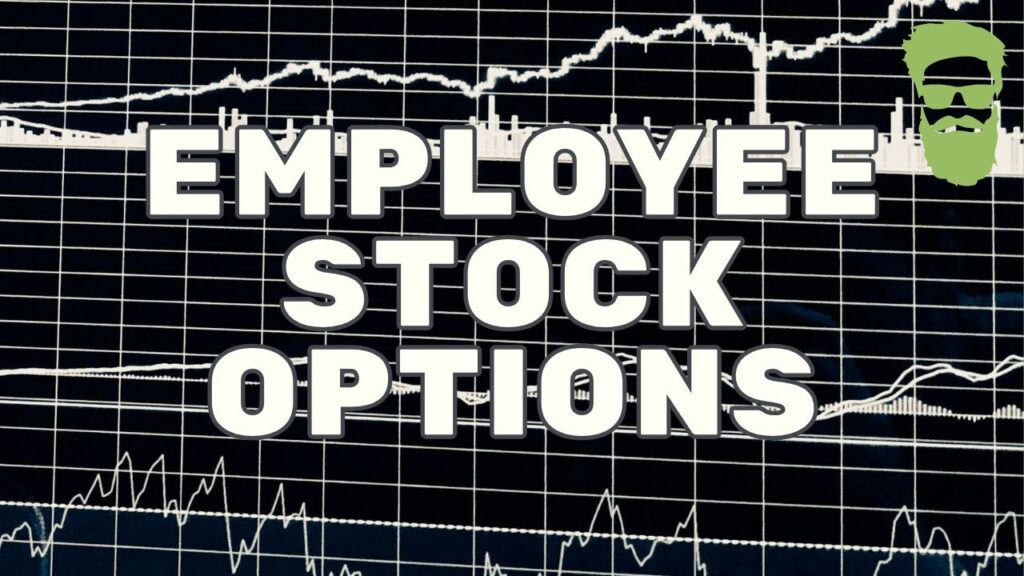Work towards your goal of buying your first home with a First Home Savings Account (FHSA). The FHSA is a new registered plan that can help you save for your first home tax-free. If you’re at least 18 (and no less than the age of majority in your province), have a Social Insurance Number (SIN) and have not owned a home where you lived this year or at any time in the preceding four calendar years, you may be eligible to open an FHSA.
What is the First Home Savings Account (FHSA)?
A first home savings account (FHSA) is a registered plan which allows you, if you are a first-time home buyer, to save to buy or build a qualifying first home tax-free (up to certain limits). An FHSA combines some of the features of an Registed Retirement Savings Plan (RRSP) and Tax-Free Savings Account (TFSA). Contributions will generally be tax-deductible, and when a qualifying withdrawal is made, the amount withdrawn is not taxable.
If you opened an FHSA in 2023, you can claim up to $8,000 in FHSA contributions you made by December 31, 2023, as an FHSA deduction on your 2023 income tax and benefit return.
FHSA Eligibility
To open a First Home Savings Account, you must be:
- You need to be a resident of Canada
- You must have a valid Social Insurance Number (SIN)
- You have to be at least 18 years of age (or the age of majority in your province or territory)
- You must plan to occupy the home within one year, as your principal residence
- You or your spouse can’t own a home in which you lived, at any time in the year the account is opened or during the previous four calendar years
FHSA Contribution Limit
The account can stay open for a maximum 15 years or until the end of the year you turn 71
- Annual contributions are capped at $8,000
- The maximum contribution you can make in a single year is $16,000
- Lifetime contribution limit of $40,000
FHSA Benefits
- Saving for Home Ownership is Easier: Individuals may claim an income tax deduction for eligible FHSA contributions
- Flexible Investments: Your FHSA can hold a variety of qualified investments, including bonds, cash, ETFs, Guaranteed Investment Certificates (GICs), mutual funds, options, and stocks
- Tax-Free Growth & Withdrawals: You can withdraw funds from an FHSA tax-free to purchase or build a qualifying first home
- Home Buyers’ Plan (HBP): You can use both an FHSA and the HBP to purchase a home
How is the FHSA different from the Home Buyers’ Plan?
With the current Home Buyers’ Plan, Canadians can withdraw up to $60,000 from their RRSP subject to eligibility and conditions. The funds must be paid to the RRSP over 15 years. With an FHSA, eligible withdrawals do not need to be paid back.
Can I Transfer Funds From My RRSP to an FHSA?
- You can transfer funds from your RRSP to your FHSA on a tax-free basis
- These transfers are subject to FHSA annual and lifetime contribution limits
- Such transfers are not deductible from income
- Transfers from an RRSP to an FHSA do not restore your RRSP contribution room
- In-kind transfers will not be available for the FHSA at this time
What If You Don’t Purchase a Home?
- Funds withdrawn from your FHSA that are not used to purchase a qualifying home are subject to income tax
- Alternatively, the balance in your FHSA not used to purchase a qualifying home could be transferred to an RRSP or Registered Retirement Income Fund (RRIF) on a non-taxable transfer basis, subject to applicable rules
- Transfers from your FHSA to your RRSP or RRIF do not impact your available RRSP contribution room
- The funds transferred to an RRSP or RRIF will be taxed upon withdrawal
What is a Qualifying Withdrawal?
- You must be a first-time homebuyer and a resident of Canada at the time of the withdrawal for the acquisition of your qualifying home
- A “qualifying home” is defined as a housing unit located in Canada. It also includes a share of the capital stock of a cooperative housing corporation, where the holder of the share is entitled to possession of a housing unit located in Canada
- You must have a written agreement to buy or build a qualifying home located in Canada before October 1 of the year following the year of withdrawal
- You must also intend to occupy the qualifying home as your principal place of residence within one year of buying or building it
Are FHSA Withdrawals Taxed?
It depends. If you make a qualifying tax-free withdrawal, no taxes will be deducted from the amount, and you will not have to include the amount in your taxable income that year.
To make a qualifying withdrawal from your First Home Savings Account (FHSA) you must meet the following conditions:
- Be a first-time homebuyer
- Have a written agreement to buy or build a qualifying home in Canada by October 1 of the year after you make the withdrawal from your FHSA
- Intend to live in the home within a year of buying or building it
- Be a resident of Canada throughout the period from the withdrawal to the acquisition of the house
You can also transfer funds from your FHSA to another FHSA, Registered Retirement Savings Plan (RRSP), or Registered Retirement Income Fund (RRIF) on a tax-free basis.
If you make a withdrawal from your FHSA for any other purpose, your withdrawal will be subject to withholding tax and the amount you withdraw will be added to your taxable income. Plus, your FHSA contribution room will not be re-instated.
Once you make a qualifying withdrawal, you will need to close your account and transfer or withdraw all funds left in your FHSA by December 31 of the following year. If you make a non-qualifying withdrawal, you will not have to close your account (unless you have had it for 15 years or are turning 71)—but your contribution room will not be reinstated.
Conclution
Whether you’re just starting out or have been putting away money for a down payment for a while, this new registered account makes it easier to reach your home ownership goals, faster.




